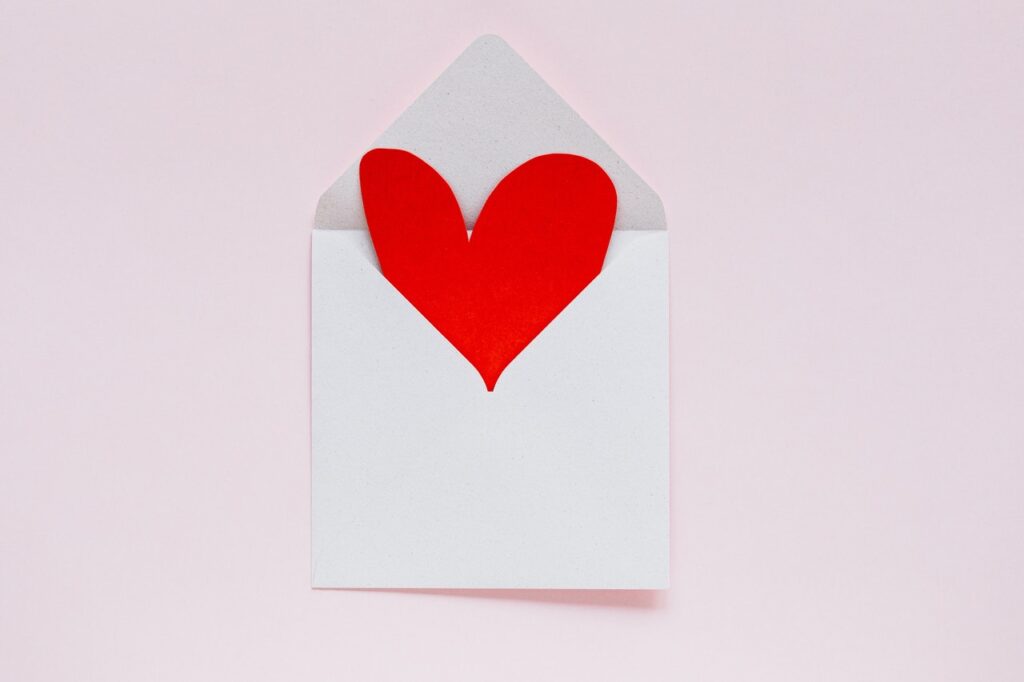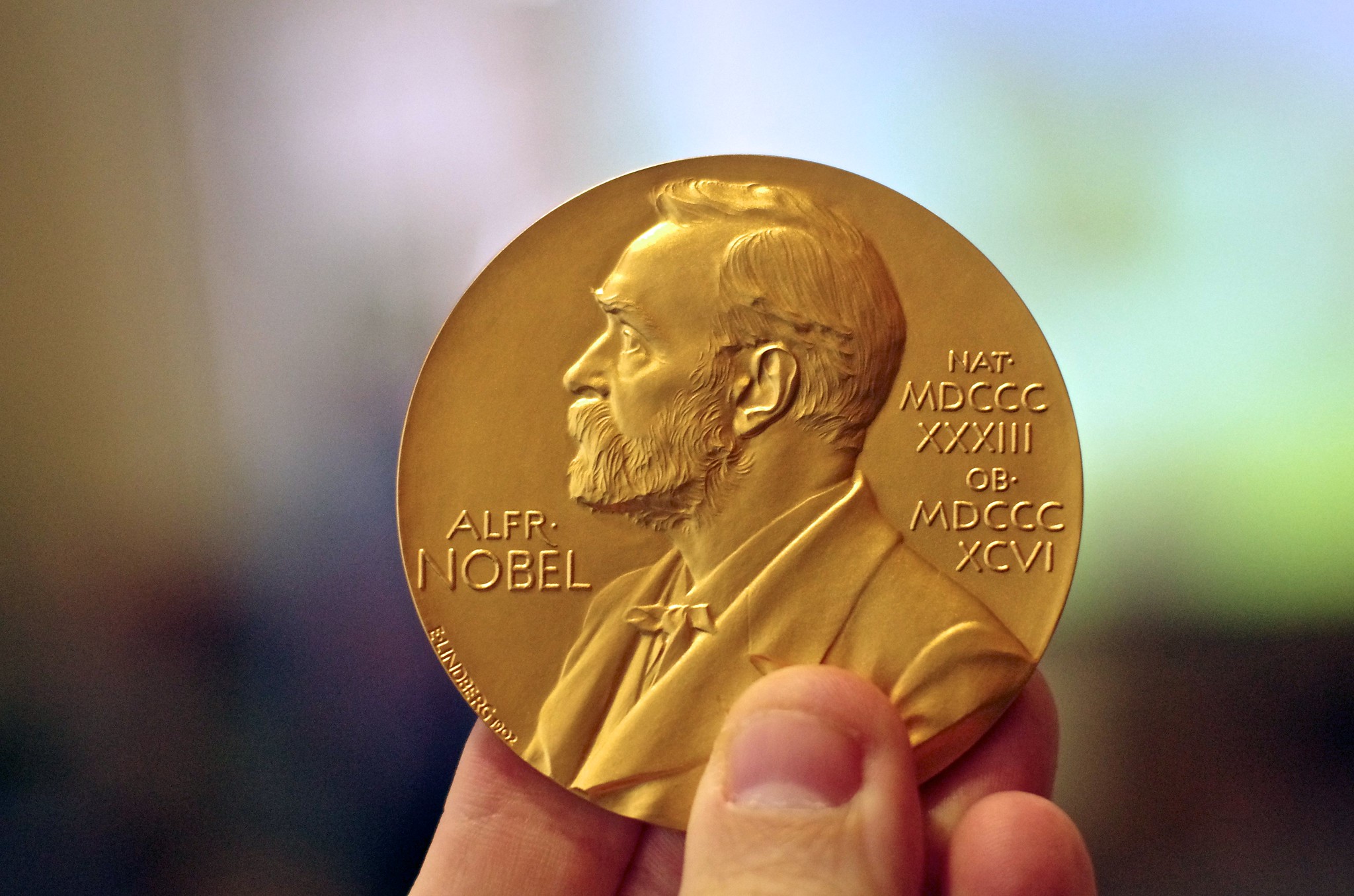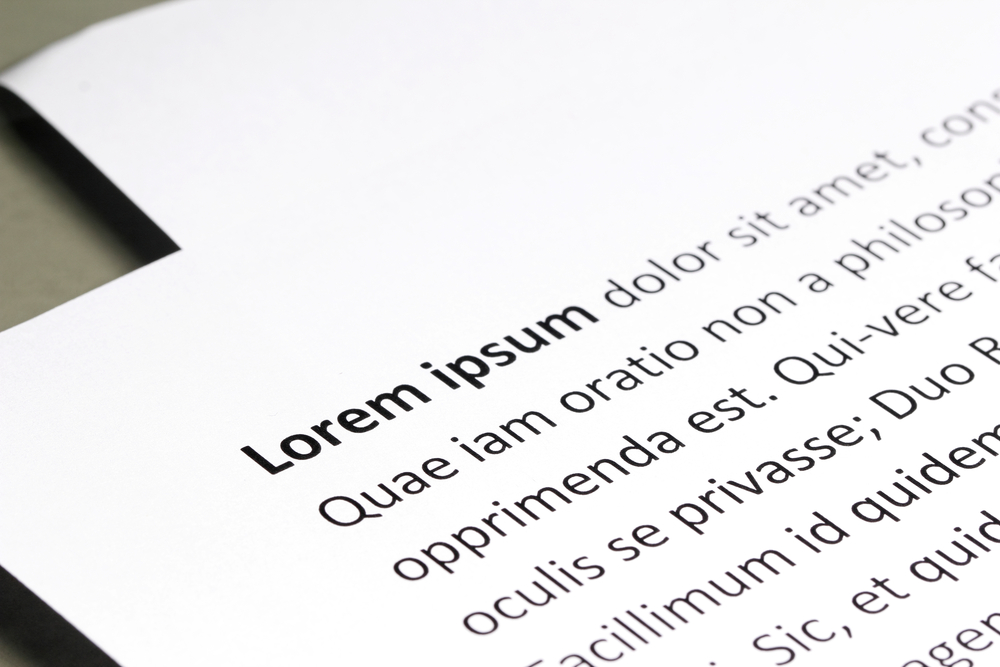Reading Time: < 1 minutes
- Greeks and Romans from around 3000 years ago associated heart with love (“heart mad for love”, “love shaking the heart” appear in the poetry of those times).
- Greek philosophers spoke about the dominant role of the chest in love, and Romans blamed Venus – the goddess of love – for setting hearts on fire.
- And, while hearts were associated with love, there was a plant Silphium that got associated with love-making, because it had contraceptive powers.
- And Silphium’s seedpod (a pouch-like thing which encloses the seeds) looked very similar to the love heart, and this, according to one theory, is the reason why the heart in drawings took the shape of ♥️.
- Some scholars believe Silphium’s association is a bit of a stretch and that the symbol originated because of the writings of Greek philosophers Galen and Aristotle.
- These philosophers suggested that the heart had 3 chambers with a small dent in the middle.
- And according to this theory, when artists and physicists who, centuries later, tried to draw heart from ancient Greek texts drew it like the heart as described by Aristotle.
- A major role in the popularity of this symbol was the spread of love-based singing and poetry in Europe 13th century onwards, which was followed by pictorial depiction.
- The first love heart is known to have appeared in the French manuscript titled The Romance of Alexander in the 1340s.
- From this point on, there was an explosion of heart imagery, especially in Europe.
- That printing press was invented in Europe in the 1440s, also helped the spread of the imagery quite fast.
- The symbol grew especially fast when it began being used in religious art depicting the Sacred Heart of Christ (most of this happened in the 1600s).
- Overall, nobody knows for sure; but the second theory seems more valid, though the time difference between Aristotle’s death & the first picture with ♥️ is over 1500 years.
Image courtesy of Karolina Gravowska through Pexels
Reference shelf :






















